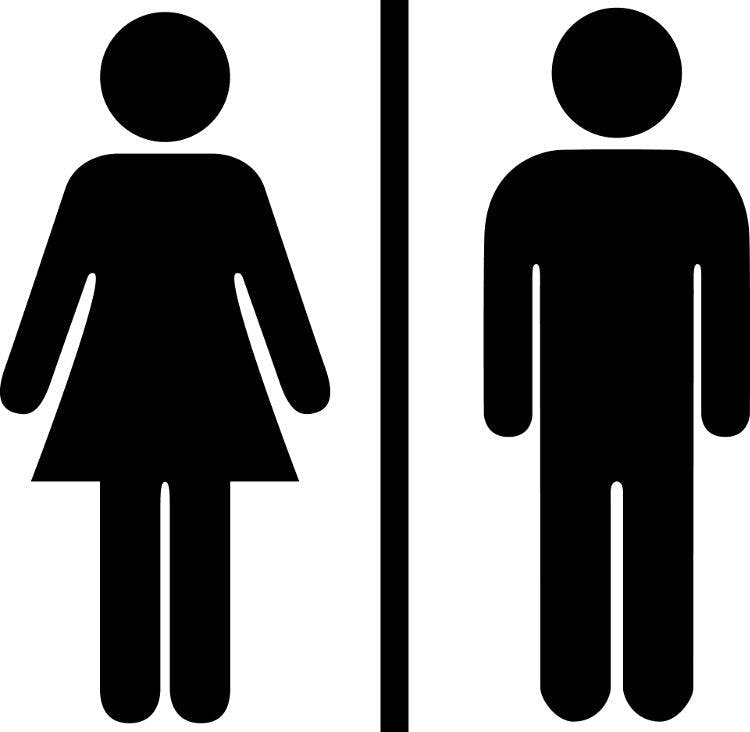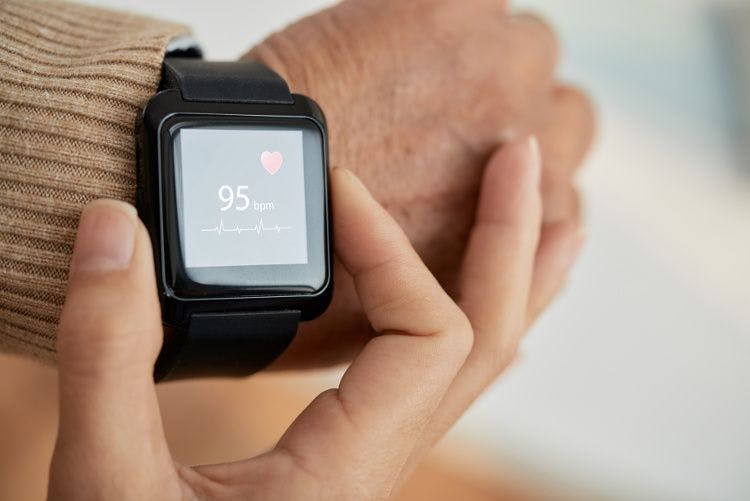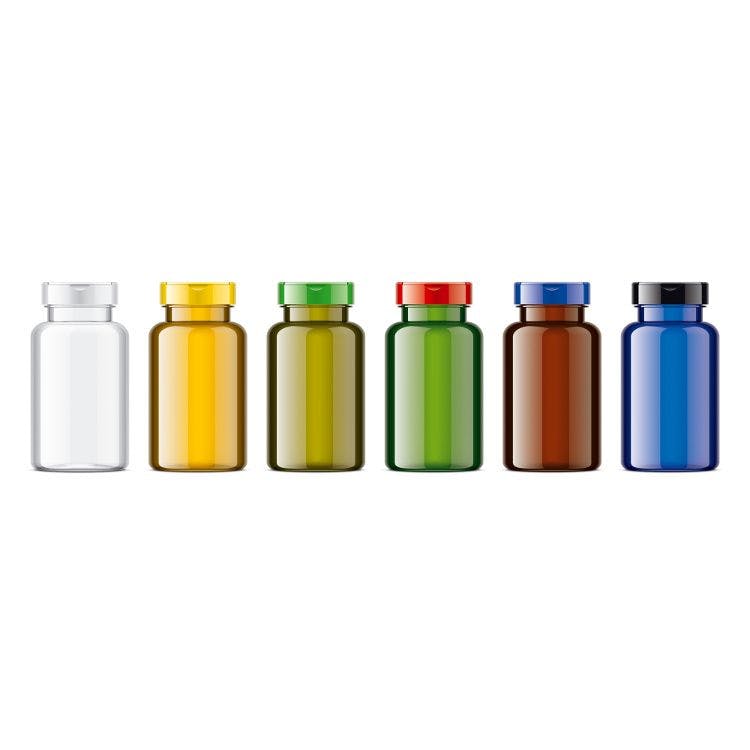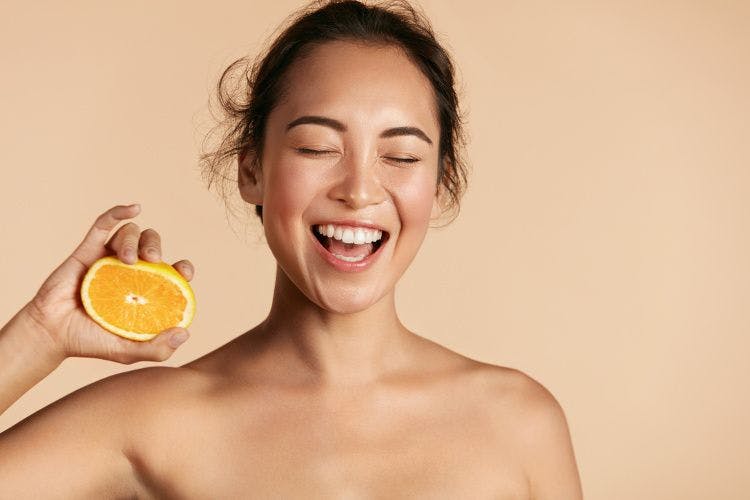What’s driving the future of beauty? The microbiome, neurocosmetics, personalization, and more.
Beauty boom: Here are the drivers pushing the beauty market forward.
Photo Credit © Maksim Šmeljov - Stock.Adobe.com
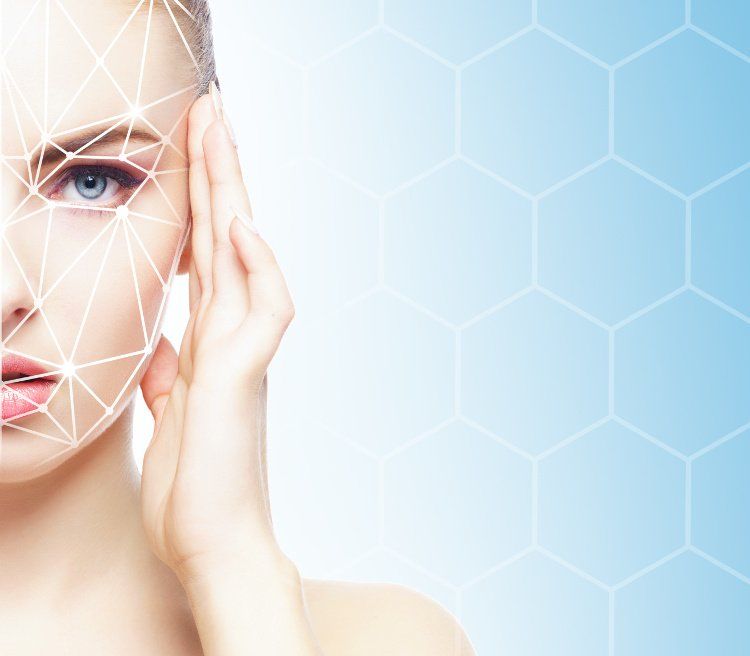
The beauty market has never looked better. Just ask those keeping track.
Market researcher Euromonitor reported last year that the global skincare market grew 6% in 2019.1 Euromonitor in fact notes global skincare’s upward climb from as far back as 2004-without stopping since. Dietary supplement customers are also flocking to beauty products. Market researcher IRI reported late last year that the beauty segment of the U.S. supplements market saw 18% growth in the 52 weeks ending August 11, 2019.
With so many customers flocking to the beauty space, it’s not surprising that some of the most innovative movement in the natural and healthy products market is happening over in the beauty aisle. Ahead, we talked to the experts who gave us a quick tour of what will drive the beauty market in the future.
Clean and Green
Naturally derived, clean-label, and environmentally friendly ingredients are de rigueur in beauty these days. “Clean beauty,” which consumers associate with health, wellness, and social responsibility, is no longer necessarily a differentiator but rather a feature that today’s beauty consumers expect.
According to market researcher Mintel in a press release last November, “Mintel research indicates that ‘clean beauty’ mentions on online platforms have doubled between 2017 (0.6 million) and 2018 (1.2 million). Consumers are now seeking assurance that their skincare products will not harm them, their family, or animals.” At the In-Cosmetics Formulation Summit for R&D professionals last November, Mintel reported that nearly half (49%) of U.S. adults (aged 18-24) are seeking clean beauty products, while 51% of U.S. adults would pay more for a product made by a socially responsible company.
During the In-Cosmetics Formulation Summit, summit chairperson Barbara Brockway, PhD, director of personal care at AppliedDNA Sciences, said: “We are seeing consumers increasingly seeking out cosmetics that have less ingredients and avoiding products made with ingredients, such as palm oil, that are associated with damage to the environment. Today, the conscious consumer is also attracted to products with a positive message, such as improving health and mental wellbeing. As a result, beauty products with minimal impact on the planet, and those delivering a strong feel-good factor, are going to be hugely important to the future success of our industry.”
With clean and green claims so prevalent in the beauty market today, it can be difficult to know what’s real. At the In-Cosmetics Formulation Summit, one speaker estimated that up to 82% of companies that launched products in the past year made green claims. Those walking the talk are not only setting an example of where the beauty industry needs to go but also shedding light on how far some companies are from truly meeting that goal.
Many times, it’s small brands leading the way. Take a brand called LOLI Beauty, who stakes its existence on zero waste and ethical sourcing/manufacturing. Tina Hedges, LOLI’s founder, explains the challenge of being an independent brand making sustainability part of its core identity-while trying to stand out among a sea of greenwashing claims.
“At LOLI, our goal was to be zero waste-from upcycling organic food-grade ingredients and developing waterless products to packaging in recycled, recyclable, reusable, and garden-compostable materials-but that’s just not achievable for most big beauty brands,” says Hedges. “For them, their goal is what small changes they can make by 2025, and it tends to be a greenwashed effort outweighed by their larger, non-sustainable footprint.” By contrast, LOLI has been publicly recognized for its authentically meaningful practices. Among other awards it’s received, in 2019 the company received the Cosmetic Executive Women’s esteemed Sustainability Excellence Award.
Says Hedges: “Sustainable greenwashing is so prevalent and truly an issue, as we all need to stand together to stir up a meaningful shift in the industry. You just can’t have all the overpackaged, highly decorated jars and tubes, and all these fancy textured lotions or gels, and still be good for the planet. We need to shift how we consume beauty and start to pare down to the essentials that are multipurpose and powerful. Do you really need a regimen of 15 skincare products?”
More consumers need to be able to cut through the greenwashing, she says. “It’s truly heartbreaking for smaller indie brands who’ve done the hard work upfront and built their business on an authentic and meaningful platform of sustainability-like LOLI Beauty-when these larger brands market misinformation and greenwashed claims about being sustainable. A great example of this surrounds the misunderstandings perpetuated by some of these companies with huge marketing budgets on the claims of biodegradable versus compostable packaging. Most of the biodegradable packaging in the beauty industry is made with plastic resins and glues, which will degrade over time, releasing microplastics into our food sources-from soil to water. But the consumer is convinced that the pretty pink tube with gold lettering ‘Made from sugarcane’ is a sustainable, earth-friendly package.”
We all need to become more aware of the need for more sustainable ways to source and develop beauty and personal care products, Hedges says; doing so is “no longer a luxury” given the state of the world. “I wish the consumer was completely aware of what’s real and what’s a marketing ploy, but there is still a lot of work to do to get there,” she says. It will also take commitment from consumers themselves, as “sustainable is not gimmicky or cheap,” she points out. Whether more consumers are willing to pay up for a truly sustainable ethos could be the biggest question of all.
The Microbiome
Microbiome is a term casually tossed around these days, but to really drill into how microbiome research is impacting the beauty industry, one should start with the ingredients.
The human microbiome is each person’s unique makeup of microbes. Researchers are increasingly discovering that a person’s microbiome plays a commanding role in his or her health and wellness-including that of the skin. The skin’s microbiome is made up of microbiota-yeast, bacteria, etc.-that colonize the skin that and, among other things, “help protect against infection, aid in wound healing, limit exposure to allergens and UV radiation, minimize oxidative damage, and help keep the skin barrier intact and well hydrated,” explained Euromonitor in its April 2019 report1, “The Role of Microbiome in the Evolution of Skin Care.”
Beauty brands are increasingly exploring how the ingredients that tip the scale toward a healthy, balanced microbiome-prebiotics, probiotics, postbiotics, and other biome-friendly ingredients-can benefit the wellbeing of the skin. Euromonitor points out that, increasingly, these products are making their way to the beauty market, with consumers in regions such as Europe and Asia among the earliest adopters.
Further possible growth of probiotic beauty products, for instance, will also depend on regulatory developments in terms of claims and labeling, points out Paula Simpson, an integrated health and beauty expert. Simpson is the founder of consulting firm Nutribloom Consulting and the author of a new book, Good Bacteria for Healthy Skin: Nurturing Your Skin Microbiome for Clear & Luminous Skin. “The ambiguity and regulatory inconsistencies around probiotics have challenged the market both for industry and the consumer,” Simpson says. “As labeling, claims, and regulations become more cohesive, probiotic-based skincare will evolve as a viable market in the beauty space.”
Furthermore, as microbiome research becomes more sophisticated, so do the resulting products. “Past probiotic skincare formulations were general in the bacterial species used and claims made for skin health,” Simpson says. “Based on evolving research and market expectation, formulations are moving towards synbiotic blends that include appropriate bacterial species/subspecies/strains that support the specific skin-health claims.”
Besides probiotics, both pre- and postbiotics are also getting more attention in this space. “Along with prebiotics that encourage probiotic viability and shelf life, postbiotics-metabolites produced when probiotics die off-are also showing some benefit to support skin health,” Simpson says.
Consumers in the know are also concerned about how the beauty ingredients they are already applying and ingesting could potentially be disrupting their own microbiome. More ingredient companies are doing the research to explore the microbiome effects of their own ingredients as a result.
Last fall, for instance, Symrise (Holzminden, Germany) announced that it became the first company to publish microbiome data for a deodorant active ingredient-specifically, its long-standing SymDeo B125 ingredient. Said the company in a press release: “Symrise researchers have now been able to show that this deodorant active is microbiome-friendly and does not disrupt the sensitive underarm biota notably.”
Florian Genrich, PhD, Symrise’s senior global product manager, skin protection, Cosmetic Ingredients Division, says, “Recently, the microbiome topic has seen great interest on many channels. Due to the fact that deodorant actives are based on antibacterial technology, our aim was to find out more about the actual effect on the auxiliary microbiome, where deodorants are mainly applied. We did this in order to support our customers and subsequently consumers with more data about the use of our products.”
Another supplier, Givaudan Active Beauty (Switzerland), is also releasing microbiome research data on its own ingredients. Last summer, the company publicized new clinical data for two of its ingredients: Yogurtene Balance and Vetivyne. For Yogurtene Balance, “an active rich in yogurt constituents and prebiotics supporting the skin-friendly bacteria,” the company’s researchers found that the ingredient helped positively impact the composition of the skin microbiota. For Vetivyne, an antiaging active ingredient derived from upcycled vetiver root, the researchers found that the ingredient “avoids dysbiosis by preserving the ‘Actinobacteria’ abundance, which is typically decreasing when the skin is aging, therefore protecting the skin microbiome composition over time.”
This research by ingredient suppliers is necessary for business, points out Givaudan’s Mathias Fleury, global category manager, biotech actives. Fleury says that Givaudan has been studying the skin microbiome for more than 15 years. In fact, says Fleury, all of the company’s latest developed ingredients must pass a “microbiomics filter” to determine their impact-and benefits-on the skin microbiome.
Says Fleury: “More and more beauty brands are asking ingredients providers with scientific evidence about the efficacy and activity of their products on the skin microbiome. From a general point of view, that means the general scientific level will have to rise, so that these results can be built on a sufficiently strong basis. This will be a way for beauty brands to select their best partners-through a rigorous evaluation of their ‘microbiomics’ capabilities (technologies enabling the study of the microbiome). Only through this intimate collaboration, beauty brands will be able to avoid pure storytelling and to design and conceive innovative products with a real added value and a perceivable benefit for the final consumer.”
But do beauty consumers “get” the microbiome? Not necessarily, Simpson says. “The science behind the microbiome is evolving faster than we can make sense of it, in some ways…The challenge is compartmentalizing the science around the microbiome into a consumer-friendly story that makes sense. So although this an exciting time for the microbiome, the consumer may not yet understand why they should be paying attention to it.”
For instance, she says, “Probiotic skincare brands are expanding and intriguing the consumer, but in order to turn this into a macro trend/societal norm within skincare and natural beauty, there is still a lot of work to do.”
But more consumers are learning. Says Shan Godbille, Givaudan market intelligence manager: “Consumers actually benefit from all the education which started with the gut microbiome decades ago. Even if they are still less aware of the ‘skin microbiome’ than the ‘gut microbiome’-globally 69% against 85%, according to an internal study performed on more than 1,500 consumers around the world-consumers’ education is at a very high level. They are eager to discover ‘microbiome-friendly’ products which don’t endanger the equilibrium of their microflora and respect its uniqueness.”
Beauty brands themselves are working to spread the word. Symrise’s Genrich points to Unilever’s Dove soap “microbiome gentle” education campaign. “These advertisements clearly show that there is relevance for such data,” Genrich says.
There is good reason to push ahead, given that clinical studies have shown that, for instance, gut dysbiosis-when the gut microbiome is unhealthy-is linked to chronic skin conditions such as acne, atopic dermatitis, rosacea, and photoaging, Simpson says. With everything having the potential to impact the microbiota, including aging, diet, and lifestyle, expect more interest in microbiome-based beauty to grow.
Personalization
Personalization is a primary goal in many markets these days. In the beauty industry, personalization is happening on many levels.
First, it’s making marketers rethink who the beauty customer is today in order to make sure that products are accessible and relevant to diverse customers. In a Mintel Blog2 last October, Roshida Khanom, associate director for Mintel Beauty & Personal Care, wrote, “[B]eauty is being redefined on a daily basis by consumers…Brands should focus on people’s behavior instead of simplifying complex human beings into a demographic.” This redirect has given rise to beauty brands providing solutions for specific needs (such as a haircare line designed for women with Afro-Caribbean hair)2, genderless beauty lines3, and customizable beauty products developed around a customer’s specific lifestyle and skincare wants/needs2.
Technology and science will help bridge the next frontier in personalized beauty. “Technology is a key enabler of the changes in how consumers search for information about brands and ingredients, how they experience the products, and how they monitor their skin health status,” says Givaudan’s Fleury. “Personalization will be one of the biggest drivers of the beauty market that caters to the consumer demand [for] a product that is designed for me, for my specific needs. Technology will be used to further bridge the gap between consumers and brands, making personalization (i.e., skin microbiome, DNA analysis) more specific, accurate, and affordable.”
Some tools, like DNA testing to develop beauty products, are still in the early stages, according to Euromonitor, which states, “DNA-based personalization to identify deficiencies exist but [are] still in exploratory stages.”1
Neurocosmetics
The term neurocosmetics may sound new, but it isn’t-in fact, it’s been an area of interest in the beauty world since the 2000s.
“Neurocosmetics is not a new concept,” explains John Jiménez, MS, pharmacist and senior exploration scientist at Belcorp (Colombia). “There is still confusion about what is and what is not a neurocosmetic, and this is because there is not a legal definition yet, and there are many scientific points of view about the definition.”
At its simplest, neuroscience can be described as the study of the nervous system and the physiological reactions that can occur when someone is exposed to a particular product-or even product marketing.4 Neuroscience has given way to what some term as “neuromarketing”-“the application of neuroscience principles to obtain information about how a person makes decisions related to the consumption of a product based on the analysis of emotion, attention, and memory,” Jiménez explains.
“The objective is to investigate and learn how consumers respond and feel in front of different products and stimuli, capturing different signals from the body,” he continues. Neuroscience tools-everything from facial coding, galvanic skin response, and functional magnetic resonance imaging (MRIs)-can help product developers create more successful beauty products.
Neuroscience is also dictating product development in a biochemical way. A neurocosmetic product, for instance, can be formulated to modulate the skin’s neuro-cutaneous system to effect changes at the skin cell level. “Some examples of neurocosmetics are botox and botox-like mechanisms, sensitive-skin treatments, skin lowering cortisol levels mechanisms, and endorphin-level-raising mechanisms, among others,” Jiménez says.
Neuroscience has the potential to take the beauty industry to new heights. “Neuroscience is providing two major areas of advancement in the beauty industry,” Jiménez says. “In the first place, we are seeing great advances in the discovery of new biochemical mechanisms to treat different problems such as sensitive skin (which is increasing due to climate change and pollution) and also more powerful new mechanisms to improve skin hydration; new approaches for skin lightening, brightening, and whitening; wrinkle reduction; and improvement of firmness and elasticity, among others.”
He continues: “Secondly, neuroscience allows us to better understand how to develop formulas, products, concepts, and fragrances that have more impact on the consumer, to ensure that their desires and needs are more successfully met and, on the other hand, also allow for development of new evaluation methods that will better identify the desires and needs towards a specific stimulus or product.”
Call it the wave of the future-something consumers want. Says Jiménez: “The consumer is anxious for new experiences in cosmetic and beauty products that neuroscience techniques can provide.”
Good-for-Me Ingredients
That’s a look at beauty future. As for beauty present, the biggest draw for customers remains the ingredients they know and love, as well as the ingredients they’re intrigued by. Consumers will continue to be drawn both by ingredients largely hailed as natural and safe as well as by ingredients just beginning to appear on the radar.
Says Givaudan’s Fleury: “Consumers remain highly interested in ingredients that are relatively well-known for their properties and benefits, such as collagen, oils, and vitamins. ‘Back to Basics’ is one of the trends that we have noticed as consumers seek the familiarity and reassurance: traditional remedies, fewer ingredients, transparency, etc. Having said that, consumers are not at all reluctant to [try] innovative ingredients, such as hyaluronic acid, peptide, probiotics, and microalgae extraction, as long as they are proven safe and efficient. It can be a challenge and an opportunity at the same time for brands to find the right balance.”
Hemp cannabidiol (CBD) is another ingredient intriguing beauty consumers, with CBD beauty products proliferating the market. But does CBD really work as a beauty ingredient?
“The research is clear that CBD directly supports the endocannabinoid system (ECS), which is hugely involved in promoting skin health and its homeostasis,” says Duffy MacKay, vice president of regulatory affairs for the PlusCBD Oil brand of hemp extract products. “The ECS helps to regulate the differentiation of skin stem cells and coordinates the protection mechanisms from UV rays. Cannabinoids from the hemp plant-including CBD-interact with our ECS and may help control mast cells, which contain the histamine of allergic reactions, as well as the sebocytes that produce the sebum oil that keeps our skin moist, healthy, and slightly acidic. Thus, current science supports positive anecdotes you hear about topical hemp extracts.”
Grace Kaucic, senior communications manager for hemp extract brand Bluebird Botanicals, says that topical CBD products for the skin may be a more comfortable point of entry for those consumers still just dipping their toes into CBD. “Many people are interested in CBD but afraid to try ingestible products,” she says. “Because of this, CBD topical and beauty products dominated the market in 2019. Many CBD newcomers feel much more comfortable applying a topical or beauty product than ingesting an oil-based product. Likewise, even experienced users enjoy the versatility and ease of applying CBD topically. We believe this trend will continue in the coming years.”
MacKay adds, “Future innovations in CBD for skincare will focus on CBD bioavailability. A multitude of delivery methods are waiting to be perfected and scientifically validated. The lipid nature of cannabinoids allows them to be formulated into products ranging from patches, gels, balms, sunscreens, and the full array of beauty products. There are research and development opportunities in these areas to establish the benefits for the intended medical or cosmetic use. Luckily, we’re already seeing a wealth of products enhanced with CBD hitting the market, and this interest will continue to drive research.”
Like the interaction between various ingredients and the skin microbiome, there is still much to learn about potential benefits of CBD and other hemp cannabinoids for the endocannabinoid system and the skin, says both Kaucic and Simpson. “They’re both intriguing and exploding markets with regulatory, marketing, and claims substantiation challenges,” Simpson says. “I would say both have moved beyond a fad, even a trend, but in order for them to stabilize and maintain market share, there is still a lot of work for industry to do. The endocannabinoid system and microbiome offer unique mechanisms of action on how they work in the body and on the skin to rebalance its health and appearance. From a marketing perspective, this is a dream, but it can also be a key challenge when presenting a new concept to the market.”
References:
- Euromonitor report. “The Role of Microbiome in the Evolution of Skin Care.” Published April 25, 2019. Accessed at: https://blog.euromonitor.com/webinar/the-role-of-microbiome-in-the-evolution-of-skin-care/
- Khanom R. “Why Personalization Is the Future of Beauty.” Mintel Blog. Published October 14, 2019. Accessed at: https://www.mintel.com/blog/beauty-market-news/why-personalisation-is-the-future-of-beauty2
- Ene I. “8 Interesting Brands Spotted at Indie Beauty Expo London.” Mintel Blog. Published November 14, 2019. Accessed at: https://www.mintel.com/blog/beauty-market-news/8-interesting-brands-spotted-at-indie-beauty-expo-london
- Jiménez J. “Use of Neuroscience Tools During the R&D Process of Cosmetic Products.” Prospector. Published December 8, 2017. Accessed at: https://knowledge.ulprospector.com/7532/pcc-use-neuroscience-tools-rd-process-cosmetic-products/
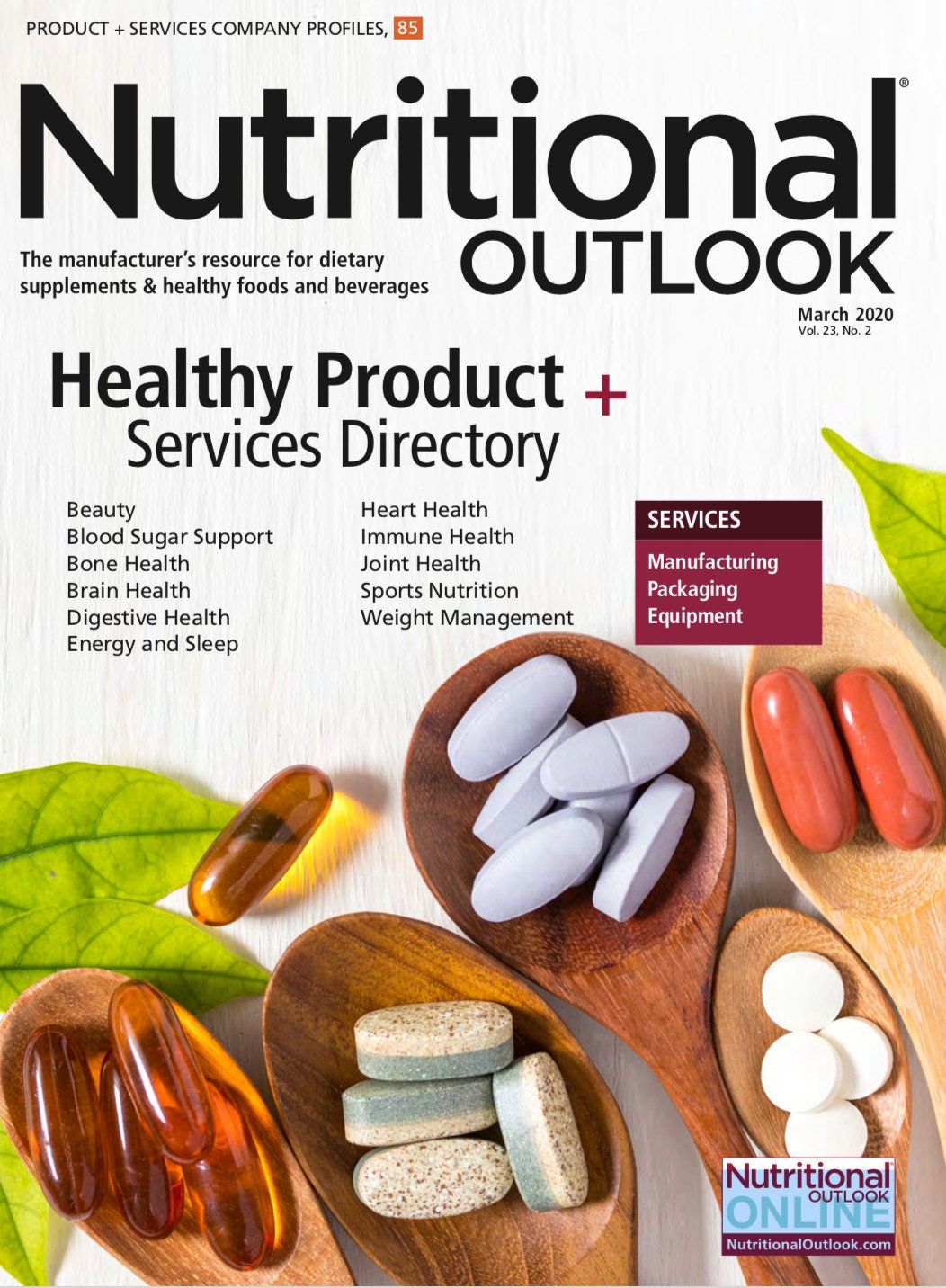

.png&w=3840&q=75)

.png&w=3840&q=75)



.png&w=3840&q=75)



.png&w=3840&q=75)





